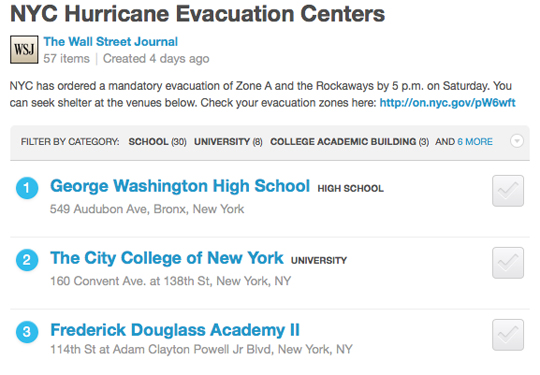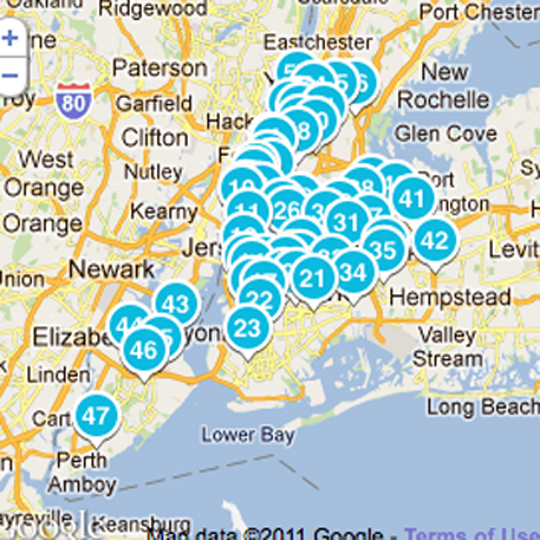
Media City UK, a 'crazed accumulation of development'. Photo by University of Salford on Flickr. Some rights reserved
Media City UK in Salford, the new home of parts of the BBC, has been crowned the ugliest new building in Britain in this year’s Carbuncle Cup.
The awards, run by Building Design magazine, said the building had beaten “strong competition” to take the uncoveted annual award.
With characteristic reserve, a jury of national newspaper architecture critics – Rowan Moore of the Observer, Hugh Pearman of the Sunday Times, and Jonathan Glancey of the Guardian – called the site a “crazed accumulation of development” in which “aimlessly gesticulating” buildings betray a sense of “extreme anxiety” on the part of the architects.
“One is not looking for the Gate of Honour at Gonville & Caius, but… something!”, said Moore.
Lowly commended for the award was the new Museum of Liverpool, with the runners up including the One Hyde Park Development, Newport Train Station, and Brighton’s Ebenezer Chapel. The chapel development is round the corner from Journalism.co.uk’s own offices, a marvel of understated, retro design.

